#history of astronomy
Text
95 notes
·
View notes
Text
Today we're celebrating the eclipse with diagrams from several manuscripts from the Schoenberg Collection! They range from the 13th to the 16th centuries, and include texts in Latin, Hebrew, Arabic, and Persian. You'll see, however, that the diagrams in the different books are quite similar to each other!
To watch the complete 30-minute video, go to YouTube:
#medieval#manuscript#book history#rare books#astronomy#eclipse#history of astronomy#history of science#diagrams#lunar eclipse#solar eclipse#spheres#celestial spheres#Latin#Hebrew#Arabic#Persian
138 notes
·
View notes
Text
I go absolutely insane when I hear people criticize historians of astronomy by saying things like "the history of astronomy is not worth studying because people made mistakes and believed things that weren't true." Congratulations--you have just described one of the biggest reasons that history of any kind is worth studying!
51 notes
·
View notes
Text



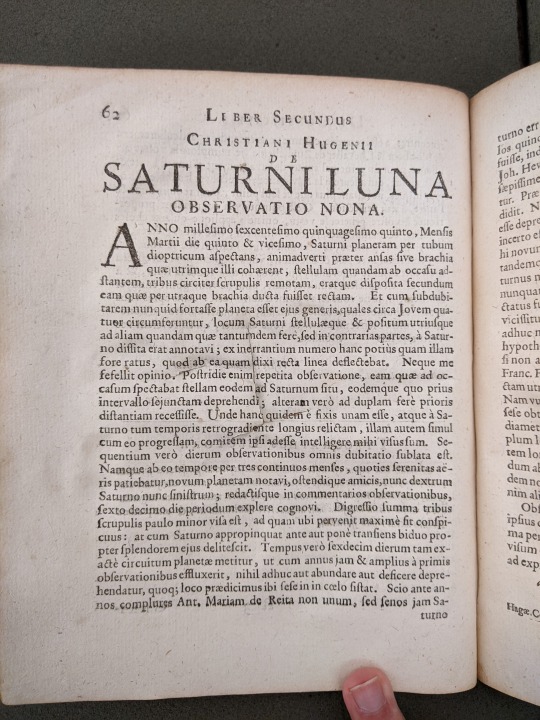


We have an exciting new acquisition to feature this Friday! Last week, a generous donor gave the Libraries a copy of Pierre Borel's De Vero Telescopii Inventore (1655). This work is a history of the invention of the telescope from antiquity to the time of writing. At the time, both Hans Lippershey and Zacharias Janssen claimed to be the inventor of the telescope, and Pierre Borel found Janssen's claims to be more convincing. Present-day historians have tended to recognize Lippershey instead, but they do give Janssen credit for inventing the compound microscope.
Borel also printed a letter from Christiaan Huygens' in which he details his observations of Titan, one of the moons of Saturn. This letter also contained Huygens' identification of the rings of Saturn in an anagram - a sly way to sneak the idea into print without giving it away before Huygens' own publication of Systema Saturnium in 1659.
This volume is bound with several others: Johann Franz Griendel's Micrographia nova (1687); Anton van Leeuwenhoek's Ontledingen en ontdekkingen van levende dierkens in de teel-deelen van verscheide dieren, vogelen en visschen (1696); and Govard Bidloo's Brief aan Antony van Leeuwenhoek (1698).
Many thanks to donor Rick Hardin for this newest addition to the collection.
De vero telescopii inventore : cum brevi omnium conspiciliorum historia : ubi de eorum confectione, ac usu, seu de effectibus agitur, novaque quaedam circa ea proponuntur : accessit etiam centuria observationum microcospicarum / Authore Petro Borello, regis Christianissimi consiliario, & medico ordinario. VAULT QB88 .B72 1655
#history of science#histsci#astronomy#history of astronomy#newacq#bookhistory#rare books#mizzou#special collections#university of missouri#libraries#kelli h
32 notes
·
View notes
Text


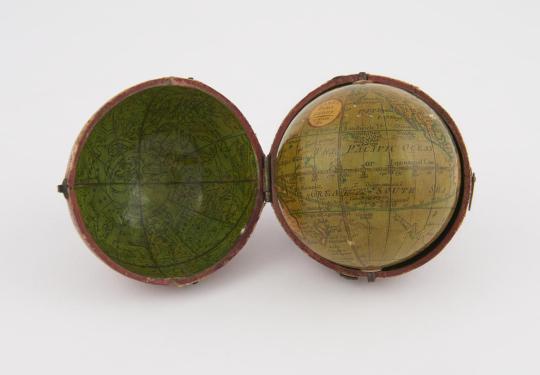
A pocket globe, from 1811, London, made by Nathaniel Lane!
Un globo da taschino, con tanto di mappa celeste delle costellazioni, sulla parte interna del guscio!
Risale al 1811 ed è stato fabbricato a Londra da Nathaniel Lane.
15 notes
·
View notes
Text

Cancer constellation, from A Celestial Atlas (1822) by Alexander Jamieson
173 notes
·
View notes
Text
New Exhibit and Opening | Early Astronomy in the University of Michigan Collections


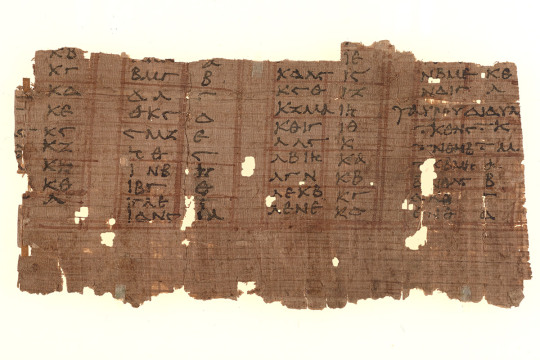


We’re pleased to announce a new exhibit featuring a selection of manuscripts, early printed books, and artifacts illustrating Mesopotamian, Greek, Islamic, and Western European astronomies. Thes exhibit and its permanent online counterpart are part of The Aratus Project, which was sponsored by the National Science Foundation and led by professor Francesca Schironi. The core of the project has been to study Aratus’ "Phaenomena," the most important poem on stars and constellations of the Graeco-Roman ancient world, and its exegetical tradition. The physical and online exhibits place this research work within its later intellectual and historical context.
Join the curators this Thursday, 12 January, 4-6 pm in the Hatcher Gallery for a reception celebrating the opening of the exhibit followed by an exhibit tour!
Early Astronomy in the University of Michigan Collections is on display in the Hatcher Gallery Exhibit Room (1st floor, Hatcher Graduate Library) until 15 May 2023
Read more!
#exhibitions#exhibits#Exhibit Opening#events#libraries#archives#libraries and archives#special collections#special collections libraries#special collections and archives#manuscripts#illuminated manuscripts#early printed books#tablets#papyri#Papyrology Collection#kelsey museum#Islamic Manuscripts#History of Astronomy
34 notes
·
View notes
Text
Astrolabe Horse Design

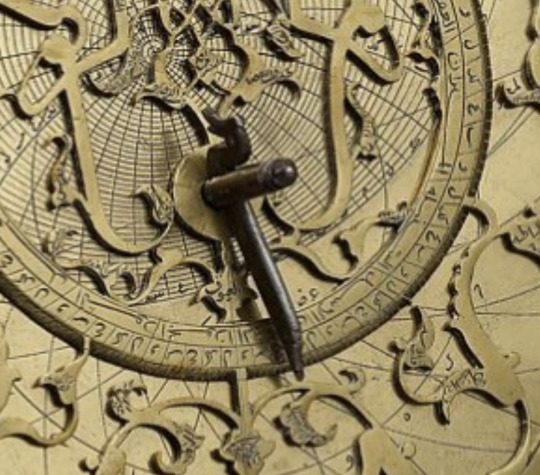
Creative “Horse” designs for the Astrolabe
The horse is a pin used to hold all of the latitude plates and ruler in place


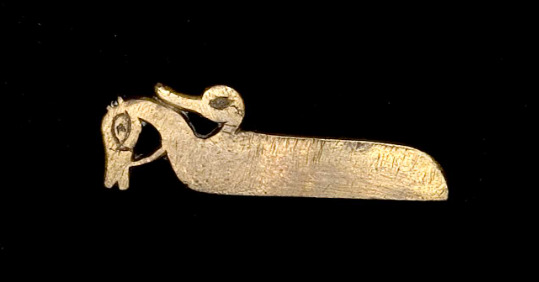
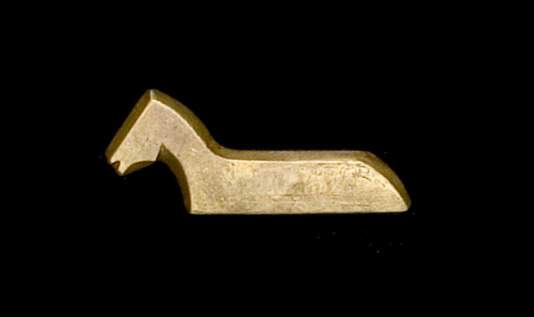



Bibliography:
Horse 1
Horse 2
Horse 3
Horse 4
Horse 5
Horse 6
Horse 7
4 notes
·
View notes
Text
The Very Beginnings of the History of Astronomy

Image credit: Michele Falzone/ Photodisc/ Getty Images
Astronomy in Ancient History
The Very Beginning
Since the beginning of time, humans have looked up at the stars and wondered... But the first documented instance of actual astronomical observations dates all the way back to the Assyro-Babylonians in 1000 BCE. These clever ancient people collected data on celestial bodies and recorded their periodic motions--quite impressive when you consider that the ancient Assyro-Babylonians did not have telescopes or really anything besides their eyes to observe the night sky.
Ancient Greece
Many ancient civilizations would continue to observe the stars, but it would be the Ancient Greeks who first attempted to use astrometry to estimate the location of celestial bodies in the sky. Copernicus is most well-known for his theory of heliocentrism, but as far back as the third century BCE, some Greek astronomers believed in the heliocentric system. Aristarchus of Samos was one such supporter, and he managed to use trigonometry to assess the relative distance of the Sun and the Moon from Earth. His measurement was not very precise, with him claiming the Sun was 18-20 times the distance of the Moon from Earth (current data puts that number at about 400 times more), but he definitely was on the right track.
A century later Greek astronomer Hipparchus of Nicaea created the first stellar catalogue using the ancient Babylonian practice of dividing a circle into 360 degrees and each degree into 60 arc minutes. This original catalog listed the positions of 850 stars to the accuracy of one degree--this might not seem so impressive today, but if you consider he was able to do this based on naked-eye observations and rudimentary gnomons, astrolabes, and armillary spheres. It's also thanks to Hipparchus that we have a magnitude system for describing the brightness of stars.
The Rest is Ancient History
It would be impossible to list every ancient astronomer who observed something important to astronomy, but needless to say, astronomers from ancient civilizations were all extremely intelligent individuals who collected data and created systems that are still in wide use today.
2 notes
·
View notes
Text
I think it was fundamentally wrong choice to not continue to call Uranus “George”.
0 notes
Text

Solar Eclipse, Howard Russell Butler, 1925
#art#art history#Howard Russell Butler#skyscape#astronomy#solar eclipse#American art#20th century art#oil on canvas
6K notes
·
View notes
Text
New guy to care about!

Altmann, Moses Mendelssohn: a Biographical Study, p. 21
Senior year of high school I read Brecht's Leben des Galilei and while I remain indifferent to both Bert and Galileo I did become utterly normal about the implications of being an Acolyte to an Apostate. It didn't hurt that I subsequently read Endō's Silence and developed the pet suspicion that the "astronomical texts" translated by the protagonist's apostate mentor were Galileo's treatises.
Anyway I've never heard of del Medigo before but it looks like he got around! NYPL has this bilingual frontispiece ft. a particularly wistful portrait:

I hope R. Altmann keeps up the astronomic history; this topic does not appear at all in Herr Moses in Berlin!
Anyway by now it's pitchdark out so if I don't post again tonight I wish all my observing mutuals a tolerable fast.
#joseph solomon del Medigo#joseph solomon delmedigo#galileo galilei#galileo#astronomy#history of astronomy#history of science#berthold brecht#leben des gallilei#life of galileo#silence#Shūsaku Endō#alexander altmann#moses mendelssohn a biographical sketch#herr moses am alexanderplatz
0 notes
Text
LJS 490 is a 15th century German collection of astronomical and astrological texts covering a wide variety of topics, including the determination of the date of Easter, transits of Venus and Mercury (that is, when the planet comes between the earth and the sun) and treatises on instruments including the astrolabe, the sundial, and the baculus.
🔗:
#medieval#manuscript#medieval manuscript#15th century#diagrams#astronomy#history of astronomy#history of science#book history#rare books
67 notes
·
View notes
Text
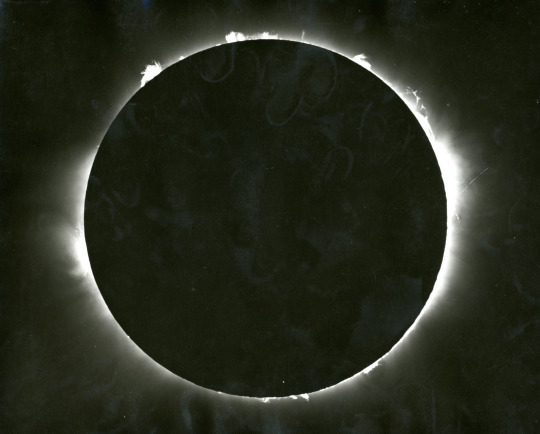
The solar eclipse of June 29, 1927. Photo by H. von Kluber in the Lapland region of Finland.
(Cambridge University)
5K notes
·
View notes
Text
Moon Mountain Named After Melba Roy Mouton, NASA Mathematician

Award-winning NASA mathematician and computer programmer Melba Mouton is being honored with the naming of a mountain at the Moon’s South Pole. Mouton joined NASA in 1959, just a year after the space agency was established. She was the leader of a team that coded computer programs to calculate spacecraft trajectories and locations. Her contributions were instrumental to landing the first humans on the Moon.
She also led the group of "human computers," who tracked the Echo satellites. Roy and her team's computations helped produce the orbital element timetables by which millions could view the satellite from Earth as it passed overhead.
The towering lunar landmark now known as “Mons Mouton” stands at a height greater than 19,000 feet. The mountain was created over billions of years by lunar impacts. Huge craters lie around its base—some with cliff-like edges that descend into areas of permanent darkness. Mons Mouton is the future landing site of VIPER, our first robotic Moon rover. The rover will explore the Moon’s surface to help gain a better understanding of the origin of lunar water. Here are things to know:
Mons Mouton is a wide, relatively flat-topped mountain that stretches roughly 2,700 square miles

The mountain is the highest spot at the Moon’s South Pole and can be seen from Earth with a telescope

Our VIPER Moon rover will explore Mons Mouton over the course of its 100-day mission

VIPER will map potential resources which will help inform future landing sites under our Artemis program
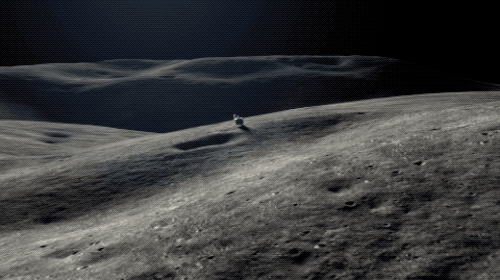
The VIPER mission is managed by our Ames Research Center in California’s Silicon Valley. The approximately 1,000-pound rover will be delivered to the Moon by a commercial vendor as part of our Commercial Lunar Payload Services initiative, delivering science and technology payloads to and near the Moon.
Make sure to follow us on Tumblr for your regular dose of space!
#NASA#Moon Rover#Space#Solar System#Artemis#Science#Mission#Moon#Black History Month#astronomy#Black Excellence#blackexcellence365
13K notes
·
View notes
Text

Lunar eclipse | By Johannes van Keulen, 1739.
#moon#academia#aesthetic#old books#space#astronomy#history#johannes van keulen#lunar eclipse#1739#18th century#engraving#tale
2K notes
·
View notes